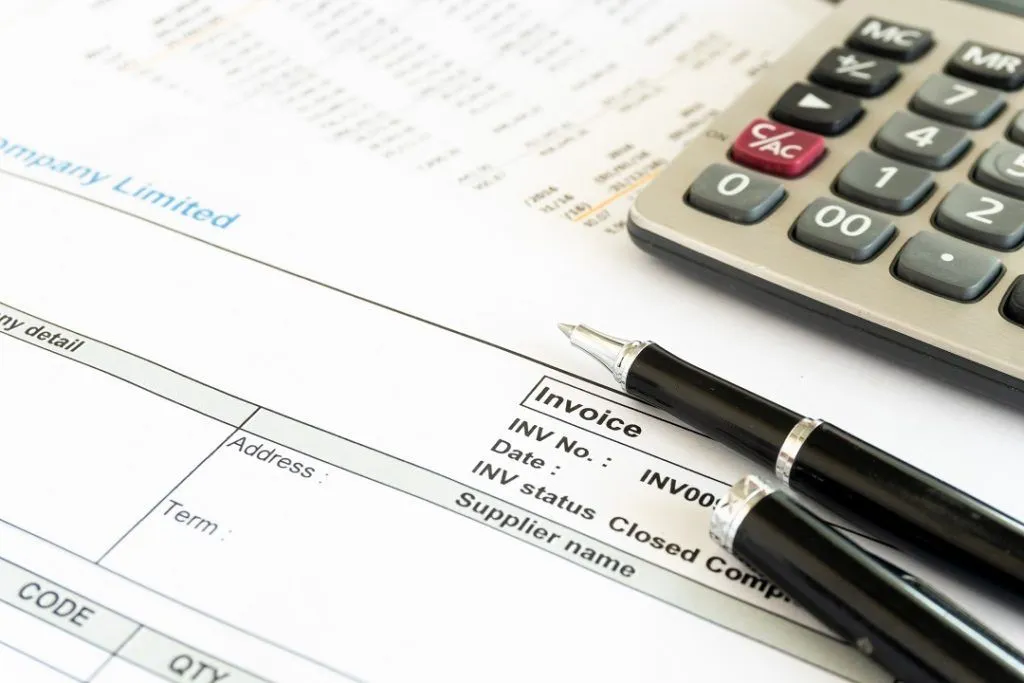What Is the General Ledger?
2 min read
The general ledger is a book of accounts in a business. Each entry includes the date, the type of transaction, and the general ledger code. The entries are arranged in five main categories: assets, liabilities, owner’s equity, revenue, and expenses. Accounts under asset headings include cash, accounts receivable, inventory, and fixed assets. Accounts under liability headings include notes payable and accrued expenses payable.
GLs are six-digit long, with the first four being revenue and five being expense. GLs beginning with 8 are generally transfers of funds from one source to another. The second, third, and fourth digits represent major and minor categories of transactions, and the fifth and sixth digits allow for a more detailed breakdown. For example, a GL 531100 indicates an expense transaction, but an office supply purchase might be posted under a category that represents a different item.
The general ledger is an important component of any accounting system. This records all transactions within a business, including assets and liabilities. The totals of these accounts are then aggregated to produce the financial statements. The general ledger also keeps track of the value of each asset and liability. The general ledger is also used to calculate a business’ owner’s equity, which represents the value of the business after deducting all its liabilities. Lastly, a business’ revenue must be recorded in the general ledger.
In double-entry bookkeeping, a company’s general ledger is the permanent record of financial transactions. It contains journals detailing sales, cash receipts, and cash disbursements. It also shows current balances of all business accounts. A general ledger contains financial transactions, account balances, and other vital information to a business’s operations. If you’re interested in learning more about how general ledgers work, read on!
The general ledger is a book of all of a business’ transactions. It includes both debit and credit accounts, and is organized by accounts. Accounts are split into subledgers depending on how complex the company’s financial structure is. Keeping the general ledger up-to-date and accurate is an essential part of good accounting. This book of accounts gives you a real-time insight into the company’s financial condition.








